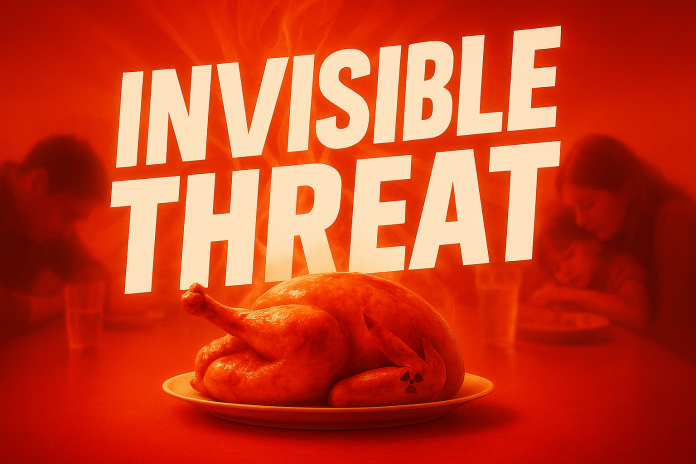Portland, ME – As Maine families gather for Thanksgiving dinner, health officials are warning that a deadly, invisible gas could be building up in their homes. The Centers for Disease Control and Prevention (CDC) says radon, a naturally occurring radioactive gas, becomes especially dangerous during winter months when homes are sealed tight against the cold.
Radon forms underground as uranium in rock and soil breaks down, seeping into homes through cracks, joints, and pipes. Because it has no smell, color, or taste, it can go unnoticed for years. Every home has some radon, but high levels are toxic — and no level is considered safe.
According to the U.S. Environmental Protection Agency (EPA), radon exposure is responsible for more than 21,000 lung cancer deaths each year, making it the second leading cause behind smoking. The EPA recommends fixing any home with a reading of 4 picocuries per liter (pCi/L) or higher.
Testing is the only way to know if a home is affected. Short-term radon test kits — available online or at hardware stores — can detect dangerous levels within days. Maine’s Department of Health encourages residents to test before or after the holiday weekend, especially if they live in older homes or spend time in basements.
If a test shows high readings, mitigation systems can be installed to vent the gas safely outdoors — reducing radon levels by up to 90%. Officials also suggest sealing cracks and increasing airflow as temporary safety measures.
While the Thanksgiving table fills with conversation about food and family, health experts hope Maine residents will add radon to the list. “It’s silent, it’s deadly, and it’s preventable,” CDC officials warn.





